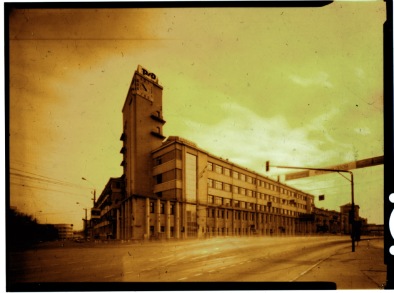Riffing on some lines from the inimitable Owen Hatherley:
Erase the traces.
Destroy, in order to create.
Build a new world on the ruins of the old.
This, it is often thought, is the Modernist imperative, but what of it if the new society never emerged?

Narkomzem building, designed by Aleksei Shchusev, Dmitrii Bulgakov, Iosif Frantsuz, Grigorii Yakovlev; photo by Max Semakov (April 2009)
We have been cheated out of the future, yet the future’s ruins lie about us, hidden or ostentatiously rotting.

NCSR, Commissariat of Communications, designed by Ivan Fomin (1928-1931); photo by Max Semakov (April 2009)
So what would it mean, then, to look for the future’s remnants?

Tsentrosoiuz building, designed by Le Corbusier, Pierre Jeanneret, and Nikolai Kolli (1928-1933), photo by Max Semakov (April 2009)
To uncover clues about those who wanted, as Walter Benjamin put it, to “live without traces�
Can we, should we, try and excavate utopia?




